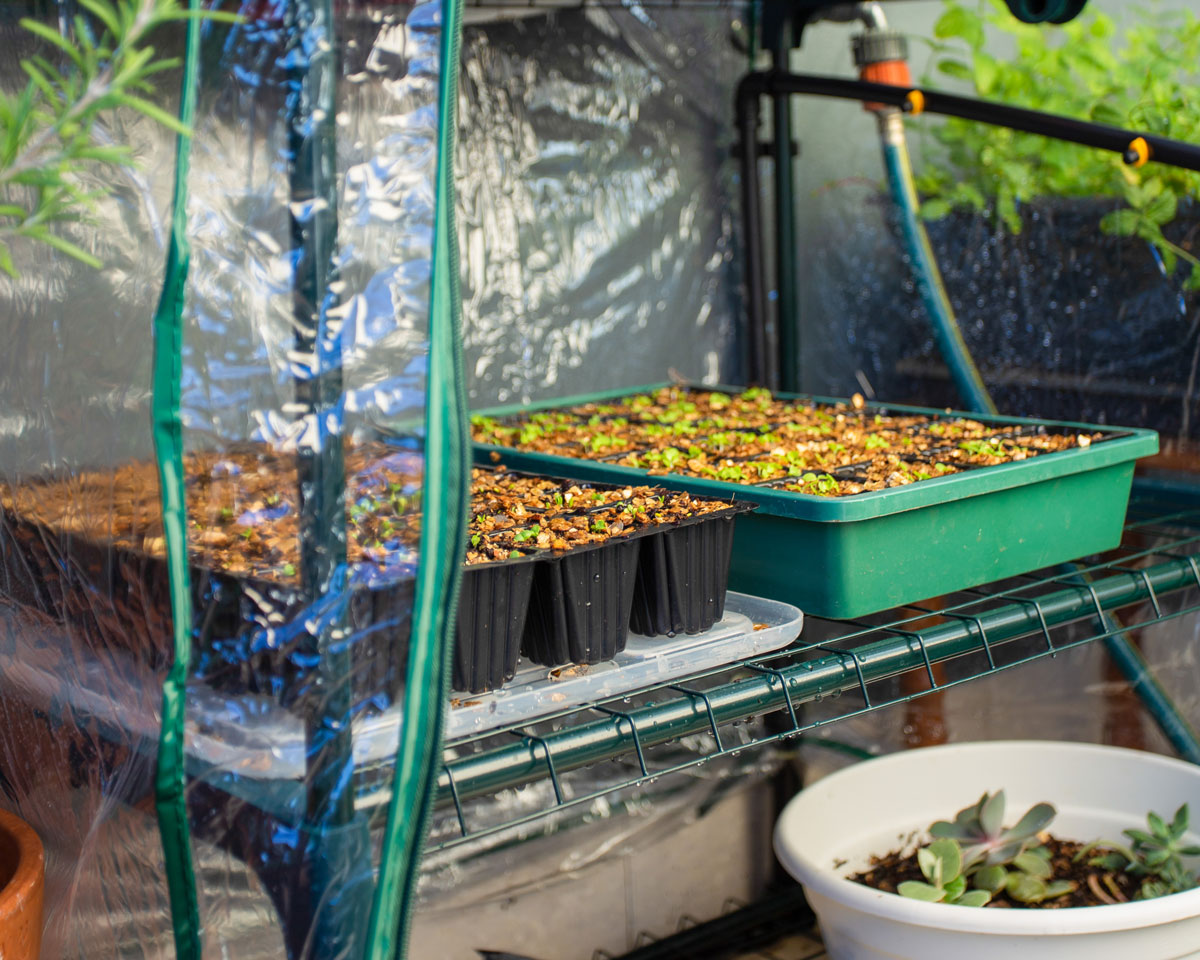After a long Winter, the first thing every gardener wants to do is head outside and plant as much stuff as they can! Here are the best herbs and veggies you can start growing in early Spring.
Check your climate zone
In early Spring, the temperatures are still cool at night time and soil remains slightly damp. There are many vegetables that you are able to start growing now and with fewer pests around at this time, it gives them a great head start.
We recommend checking your climate zone to best determine what fruit, herbs and veggies will grow best in your areas. Keep in mind that many edible plants will still need protection from extreme heat or frost.
To read more about your growing zone, this article from Seeds of Plenty has all the information you need! Check it out here.

Image sourced from Plant What When.
For sub-tropical climates
Some of the best herbs and veggies you can start off growing in warmer areas. To help make them grow sweeter and more flavourful, part sun positions and plenty of water will help these grow best! Having a mixture of fresh herbs and salad greens will let you make the most of your gardens throughout Spring and Summer. To ensure you don’t have an overabundance of crops to consume, you can try staggering your planting with a few weeks difference. This way you can enjoy what is ready at different times and still have a full and healthy-looking garden bed!
If you are wanting to grow with limited garden space, we have a DIY friendly garden bed that can be set up on any surface. Allowing you to expand your garden anywhere that you like! You can read more about our garden beds here. If you have a small garden, a Vertical Garden is a great way to add herbs to your outdoor area.

FRUIT AND VEGGIES
- Artichokes
- Aubergine
- Beetroot
- Capsicum
- Celery
- Cabbage
- Lettuce
- Leeks
- Okra
- Rhubarb
- Radish
- Squash
- Sweet Corn
- Tomato
- Turnip
- Watermelon
- Zucchini

HERBS
- Coriander
- Sweet Basil
- Lemon Balm
- Mint
- Coriander
- Rosemary
- Thyme
For cooler climates
In cooler areas, you may like to give your plants a little extra protection against frost and cool air. Adding a layer of natural or organic mulch on top of your garden beds can help keep the warmth in the soil. This will benefit any micro organisms living in your soil, and most importantly, help protect your crops’ roots. For a guide on different types of mulch, we have a handy guide available here!

FRUIT AND VEGGIES
- Strawberries
- Leeks
- Onions
- Parsnip
- Radishes
- Spinach
- Sweet Corn
- Beetroot
- Onion
- Peas
- Potato
- Pumpkin
- Radish
- Strawberry

HERBS
- Basil
- Chives
- Coriander
- Dill
- Lemon Balm
- Mint
- Sage
- Thyme
Watering your veggies
Watering regularly is really important especially when plants start to receive more sunlight. Keep an eye on your soil and plants, to begin with, and make sure not to overwater before the warmer weather really kicks in. We recommend adjusting your watering after 4 weeks from initial planting, this will give your plants roots time to start establishing. From here, start introducing longer waterings, especially in warmer areas, as this will help train the roots to grow deeper in the soil.
For best watering practices, we recommend setting up a drip irrigation system for garden beds. These can be set up directly off a tap with a Tap Timer if your home does not have in-built irrigation already. We have a guide on how you can set up your own drip irrigation available here.
Growing from seeds


If you are going to try growing your own fruit and veggies from seeds, we recommend starting out with seeds that germinate easily and can be transplanted into your garden. There are two types of seeds you can start growing from, either direct-seeded plants/root crops or transplanted seedlings. Direct-seeded plants can be planted directly into your garden beds and will grow happily from there. Other slow-growing herbs and veggies are better off being started as seedlings and then transplanted into your garden. Starting these out in a greenhouse will help ensure they are protected from cool climates or frost, especially in early spring.
Our greenhouses come with a misting kit, so you can easily set up your own automated watering to ensure your seeds and seedlings don’t dry out! For a guide on how to properly grow from seeds in a greenhouse, you can read our article here.










 No products in the cart.
No products in the cart.